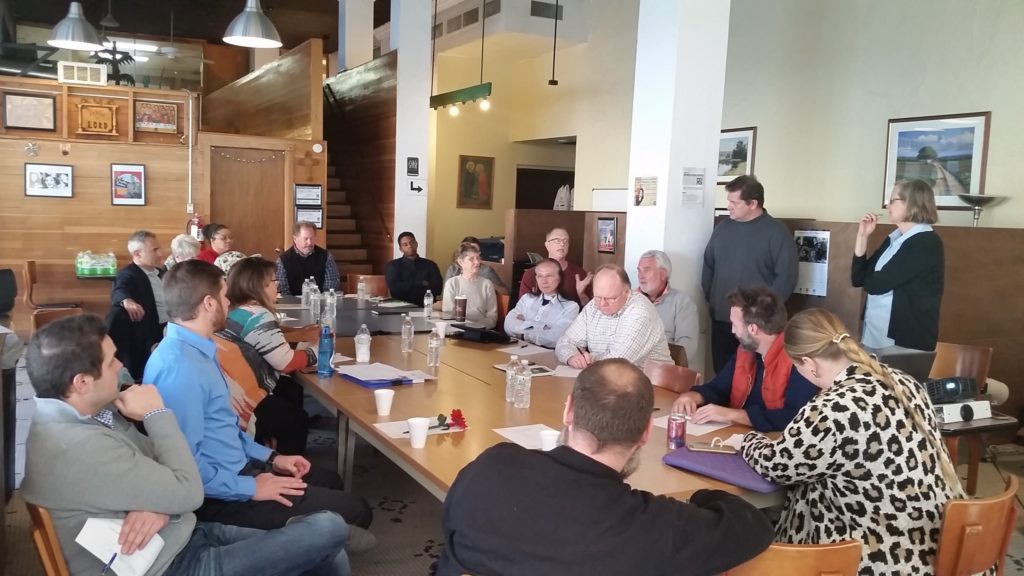Tristan Pollock eloquently summarized the life of venture capital in this March piece for Entrepreneur. In “The Rise of Alternative Venture Capital”, Pollock points out that the power originally was in the hands of the VC players who set expectations, established timelines, and created a cast of entrepreneurs who raced to the finish line with little regard for their own personal or professional health. At that time, in Northern California, “usually, just a pitch deck, a well-explained plan, novel technology, experienced founders, or a signaling investor could raise a $1 million seed round. No problem.”
Phase two was a more collective approach as investors pooled resources to create specialized funds and more balanced portfolios. Eventually, technological democratization enabled a change of policies to allow for crowdfunding strategies and online B to C early-stage fundraising.
And now the landscape is characterized by what particularly captures my imagination: the ‘Founder Friendly’ mentality. “Many founders who wanted to still build successful tech companies in and outside of San Francisco demanded new terms, or flat-out avoided traditional venture capital. They wanted to build healthy revenues naturally. They wanted to maintain ownership and not give up 20-25 percent of their company for a seed round. They wanted acquisition optionality and to not be forced to only sell or IPO at a $1 billion valuation. They wanted flexibility and fairness most of all.”
The power has shifted from the money side of the equation to the source of innovaion. And because the entrepreneurs have been empowered, the capital market has needed to become more flexible to respond to their varied needs. Indie.vc founder Bryce Roberts calls their model, a 12-month program that supports entrepreneurs on a path to profitability, Permissionless Entrepreneurship. Earnest Capital created the Shared Earning Agreement, a venture investor model built upon a combination of equity and annual cash payments. There are new AI models, revenue-based financing, and the list goes on.
As I focus on how best to deploy capital to support the scaling of innovative non-profit health and human services, and for-profit mission-oriented social enterprises, it is this evolving stage of venture capital flexibility that gives me new hope. Not every good bet needs to move at rocket speed and finish with a supersonic blast. As Tristan points out, “a founder’s appetite for scaling culture can vary widely from high-growth blitzscaling to lifestyle living to slow-build big business.” And that’s true in every culture across every sector.
Written by Stephen Samuels


